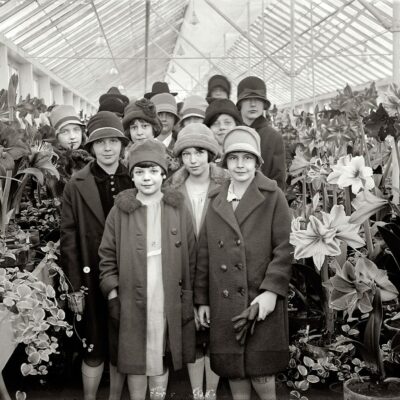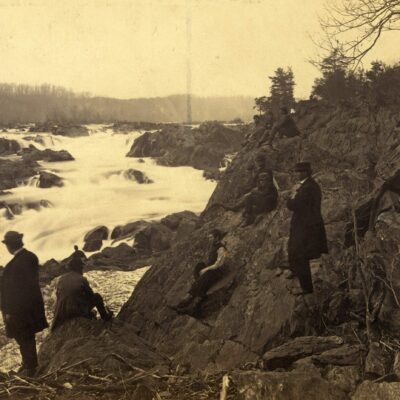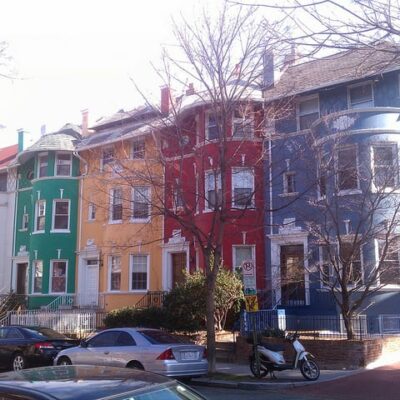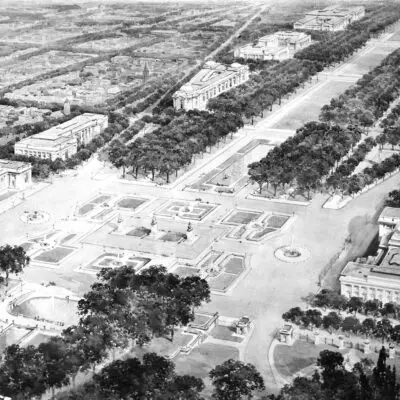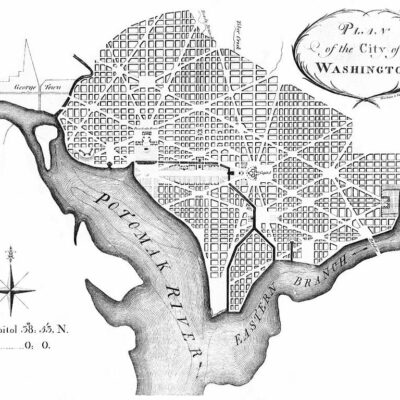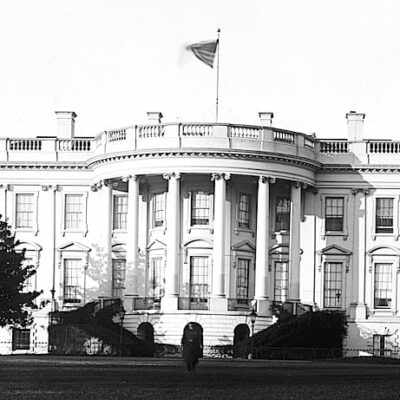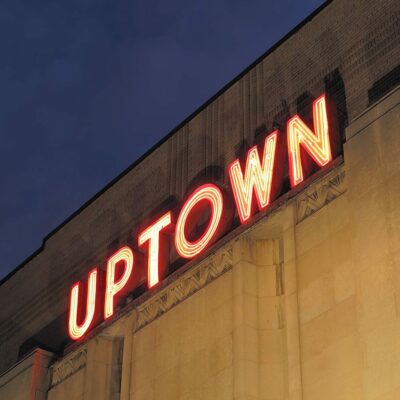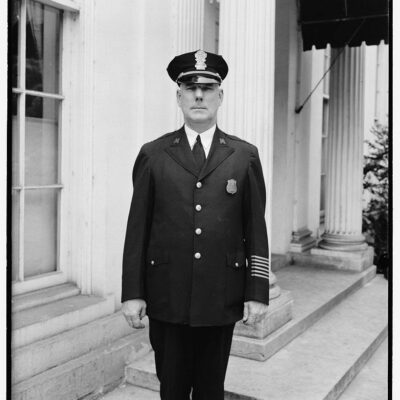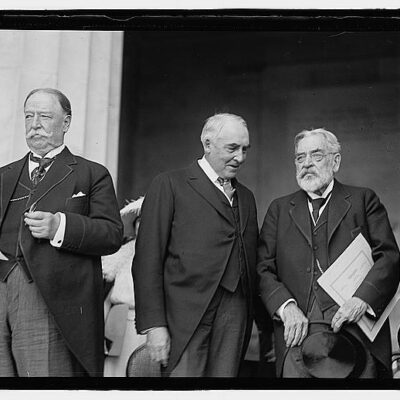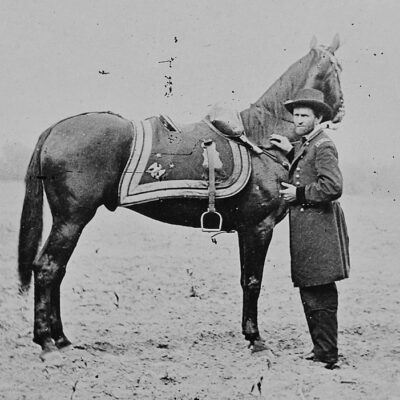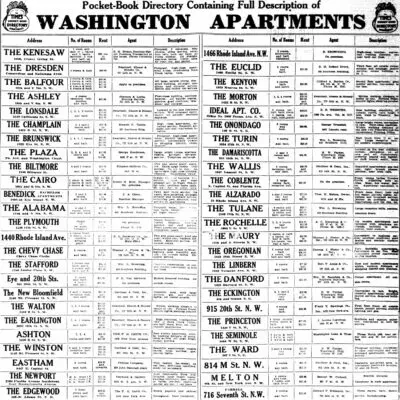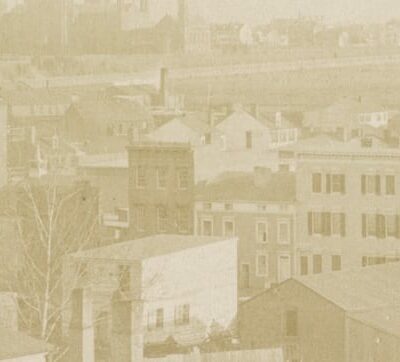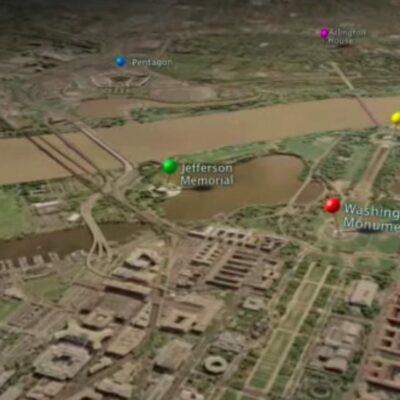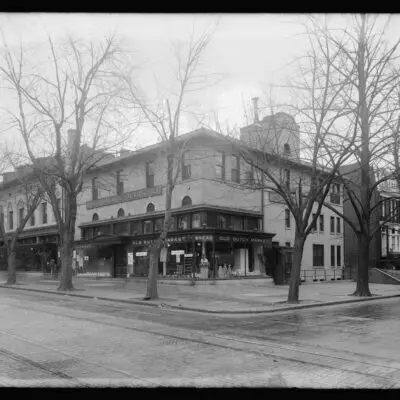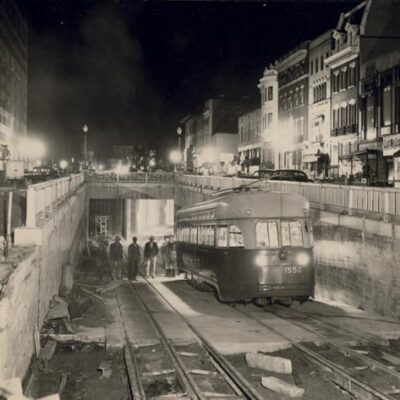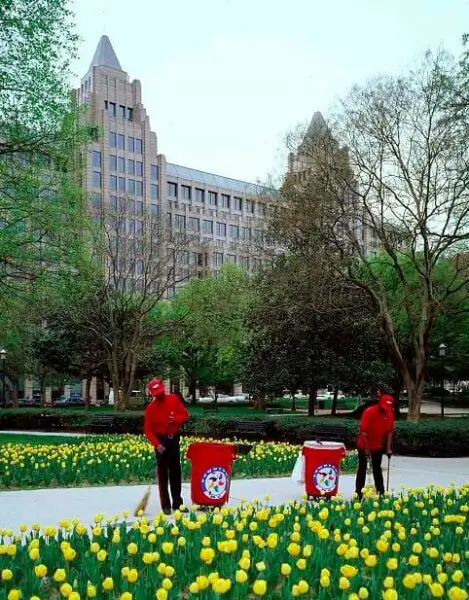
Franklin Square is one of the biggest city square parks in the city, at 4.79 acres.
1. Natural spring water supplies the White House
Did you know that Franklin Square, once called Fountain Square, was once famous for its natural spring water. According to an article published in the Washington Post on September 22nd, 1929, it was one of the first investments in Washington real estate made by the federal government.
Prior to the arrival of the government in 1800, the land was part of a law and marshy plot of land on John Davidson’s farm, called Port Royal. The land was subdivided in 1796 and the lots comprising the square were acquired in 1801 by Benjamin Stoddert.
Newcomers to the Federal City would frequent the square for access to natural spring water and in 1816 an appropriation was made to acquire the land and spring. A pipeline of hollow logs was run down 13th St. to F and west on F St. to the White House. Water from the spring supplied the White House during Monroe’s time and some of the government offices in the surrounding area.
The water ran to serve the White House until 1832, then the log pipe was discontinued. The springs themselves were used well into the 1880s, until hotels were constructed to the west and north of the park. Constructing the foundations for the buildings seemed to cut off the supply and the springs no longer provided water to the city.

2. Franklin Square to be made parking lot
This surely would have been a disaster, leaving a horrible mark on downtown Washington. You might be surprised to find out that this story is not from the 1960s, but from the 1920s. In August of 1924, the District Commissioners were working to make K St. and downtown more driver friendly. K Street was to be widened so as to permit parking in the middle of the road.
Unfortunately, part of this plan needed to make the road 97 1/2 feet wide, which meant cutting into Franklin Square, and the stately homes on the other side of K St. (yes, hard to believe there used to be amazing mansions on K St.). In the middle of the street would be a concrete block of 37 1/2 feet, to be used for parking.
To make it even worse, plans were in the works to use the entire center of Franklin Square for parking. Albert J. Headley, chief of the traffic bureau, proposed to beautify the new lot and make it appear park-like by planting waist-high shrubs to conceal the automobiles.
That sounds like a terrible idea. An op-ed in the Post on August 7th, 1924, agreed.
Motor car congestion in downtown areas has become so serious a problem that the authorities are compelled to devise some means of relief. The recommendation has been made that Franklin square be rearranged to permit the parking of cars in the center, with sufficient shrubbery around the sides to keep up the pretense of a park.
This recommendation should be promptly turned down, and all other suggestions looking to the gobbling of public breathing spaces be rejected. The destruction of the city’s downtown park spaces is not the right solution in any sense. Those spaces are all too few. There should be more small downtown parks. The obliteration of those that have survived would be a blow at the city’s health, and the suggestion can not be entertained.
…
Underground and roof garages are required. The spaces under the streets could be utilized without becoming a public nuisance, as the use of the parks would prove to be. Enterprising downtown builders hereafter should include generous parking spaces in their construction plans. Three floors for parking could be compressed into the space occupied by two ordinary floors. Subbasements and roofs could be used as garages.
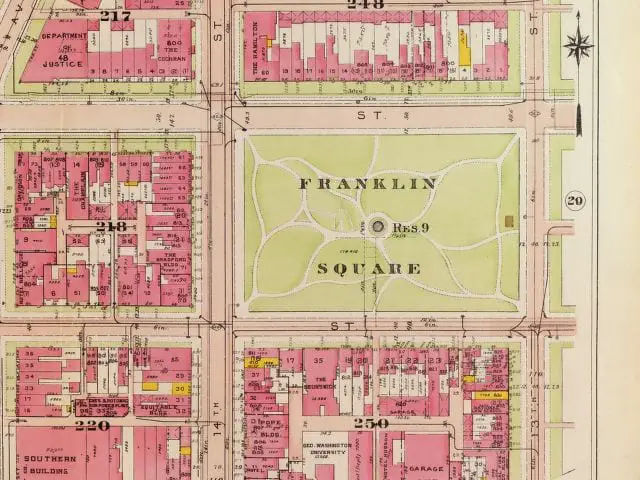
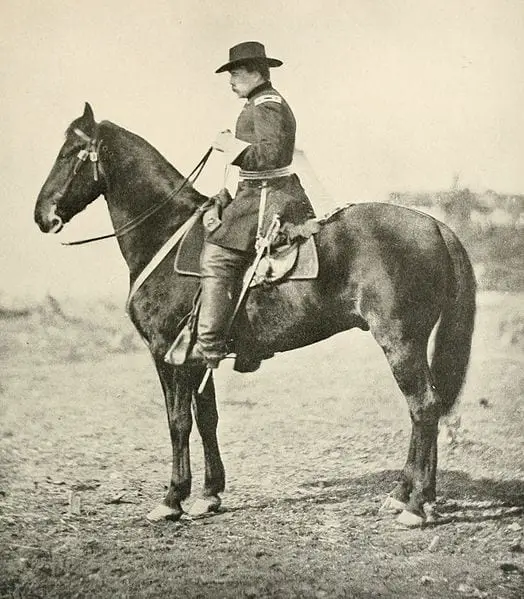
3. Civil War barracks
In 1861, at the start of the Civil War, the park was home to hundreds of soldiers and incoming troops needed to defend the city of Washington. Wooden barracks covered the entire square and the first group to take up quarters on the square was the Twelfth New York State Militia, commanded by Colonel Daniel Butterfield.
It was a few years later, in 1864, that the square actually began taking on the appearance of a park. Walkways were laid out and trees were planted to transform the space into a true city park.
Also, check out this nice series of photos of the park from 1943.
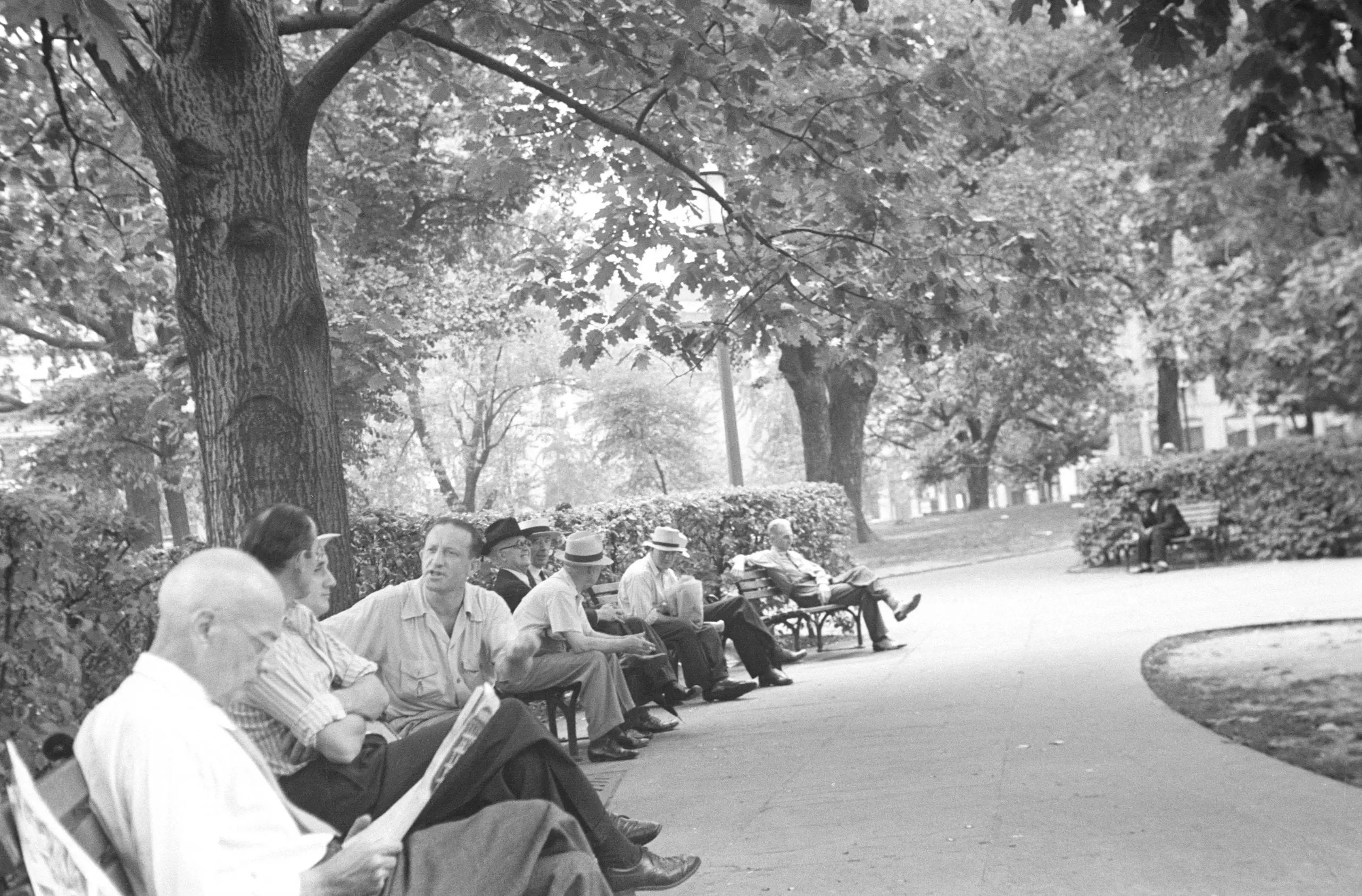
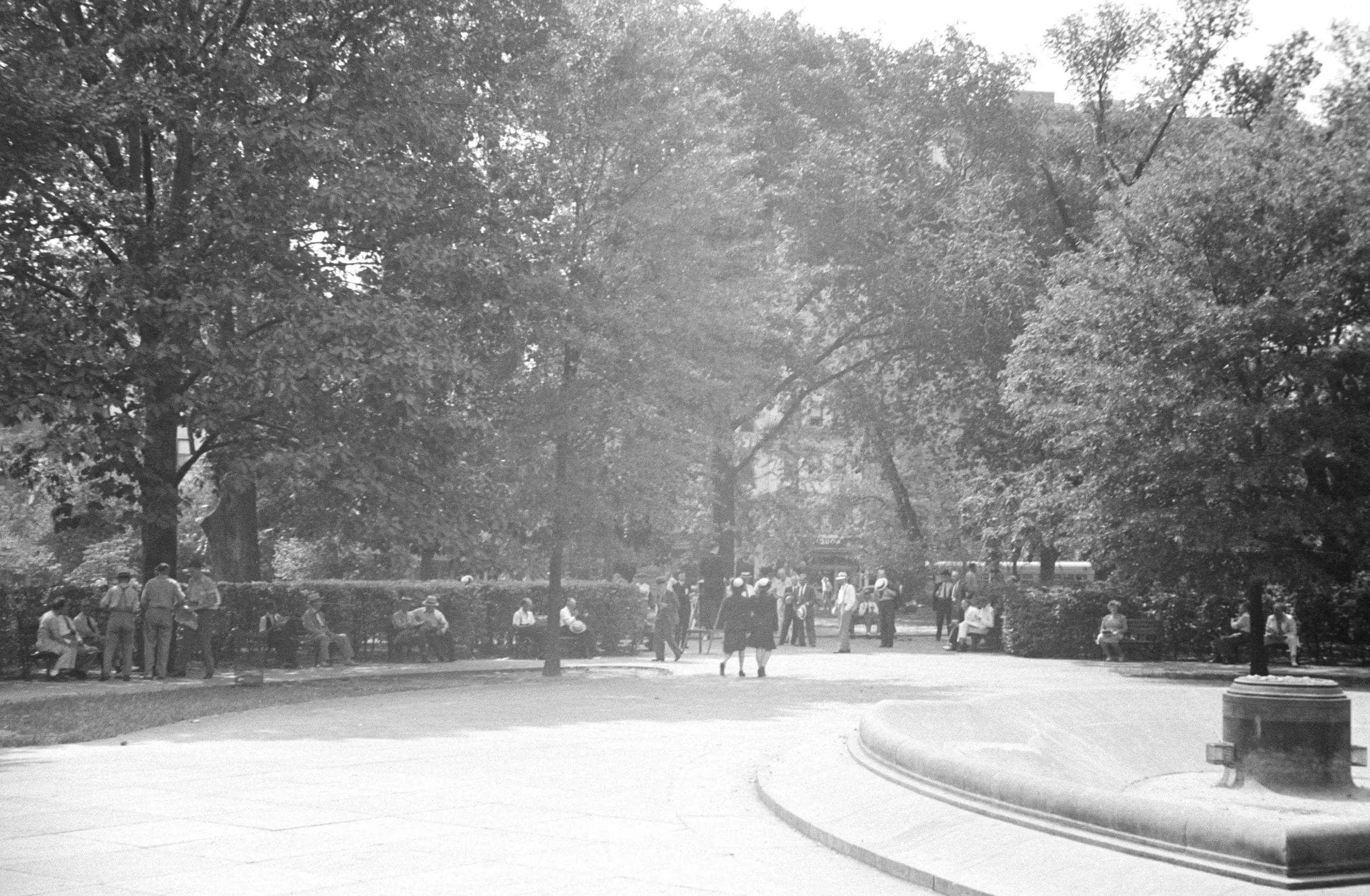
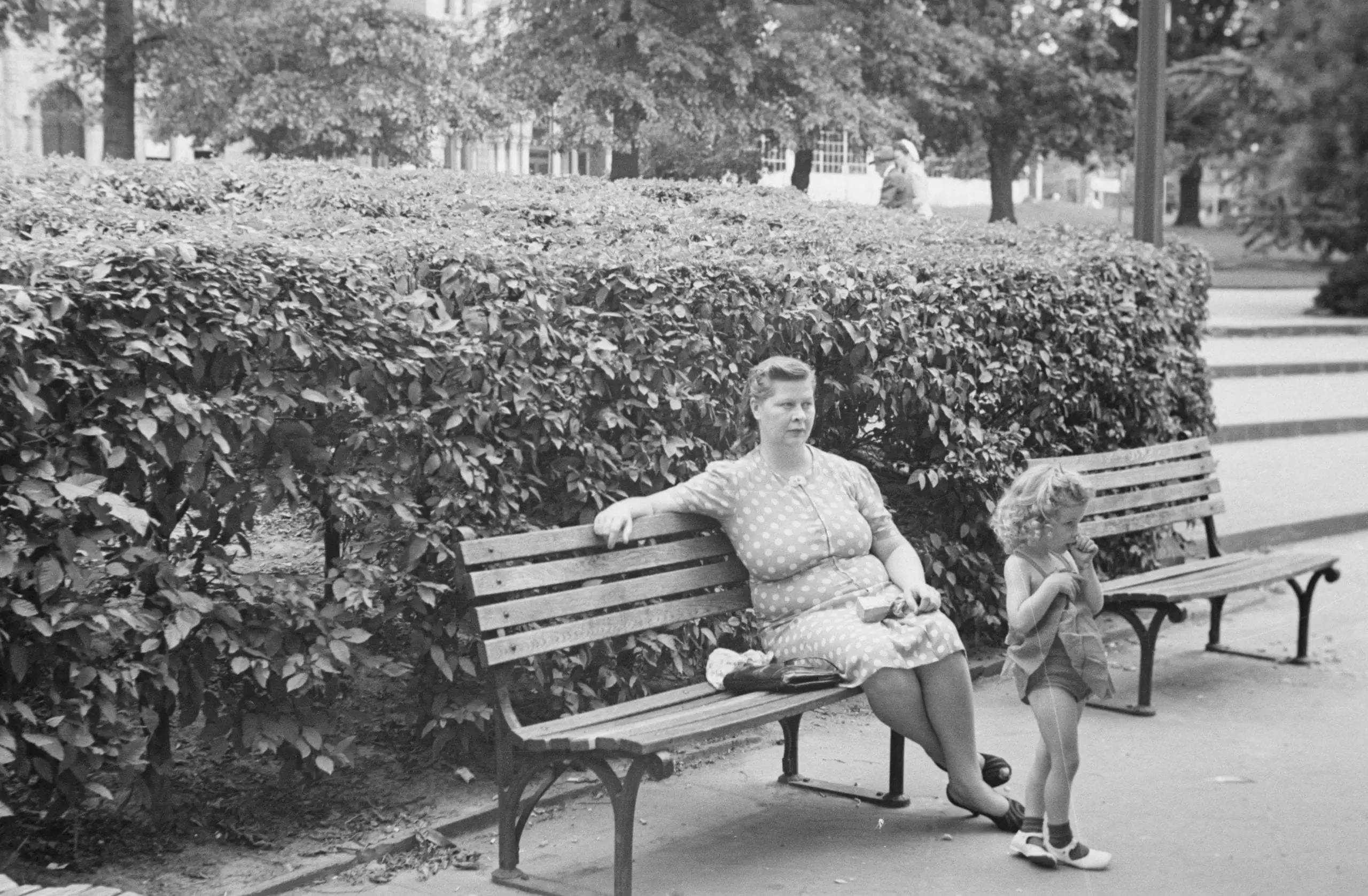
![Maps accompanying the report of the operations of the Engineer Department of the District of Columbia : for the fiscal year ended June 30, 1891 : [Washington D.C.] / compiled by Capt. W.T. Rossell, U.S. Eng'rs ; compiled by Capt. J.L. Lusk, U.S. Eng'rs.](https://ghostsofdc.org/wp-content/uploads/sites/7/2013/08/cs000001-400x400.jpg)

